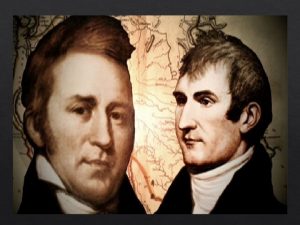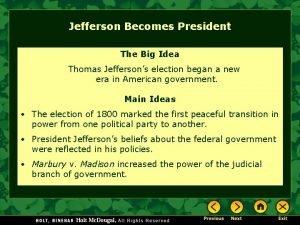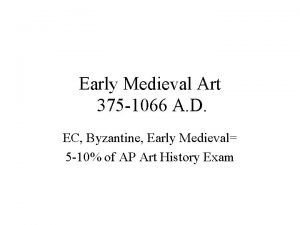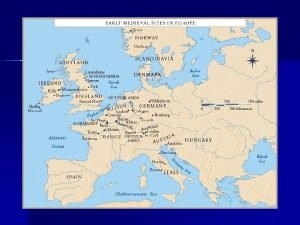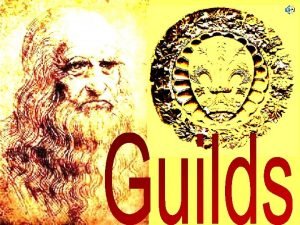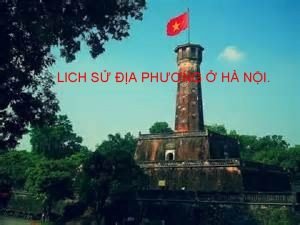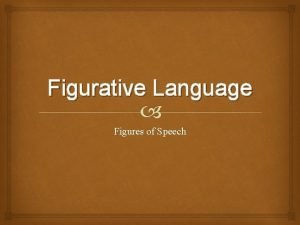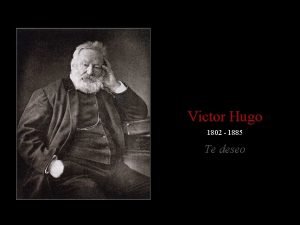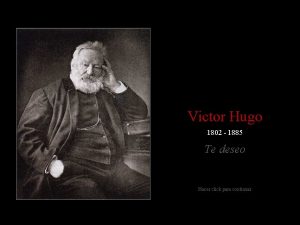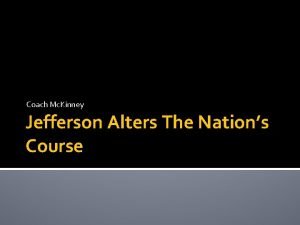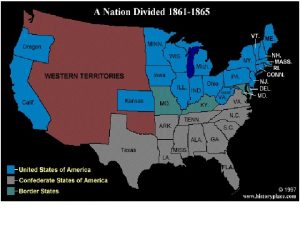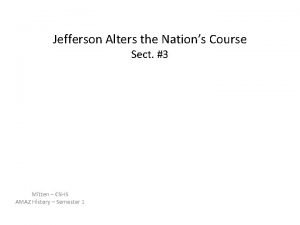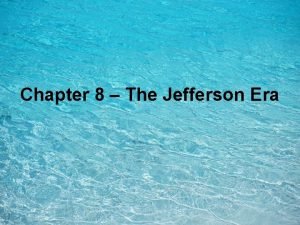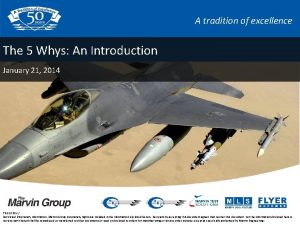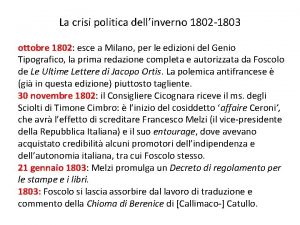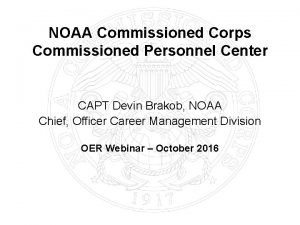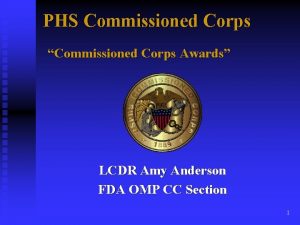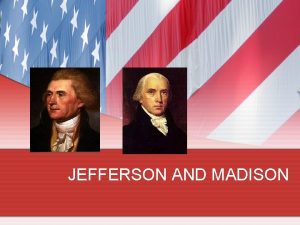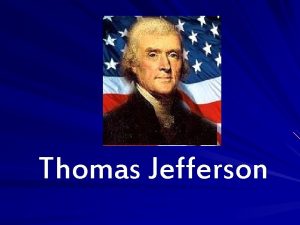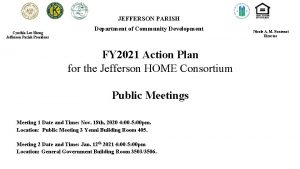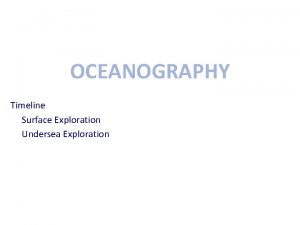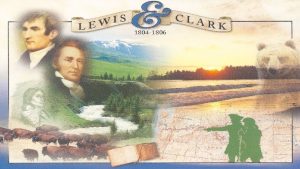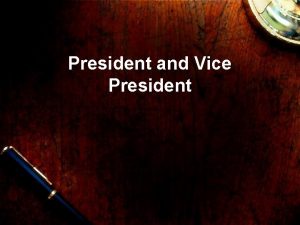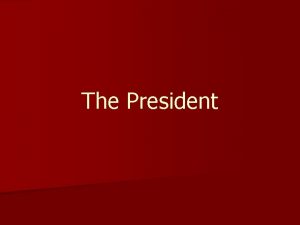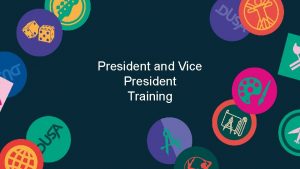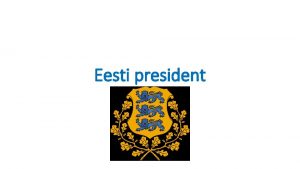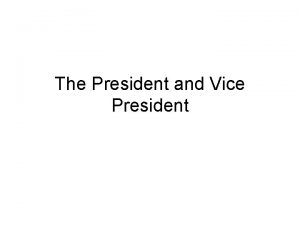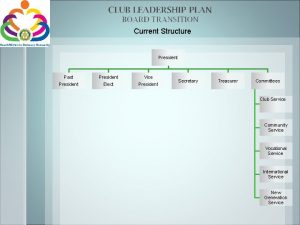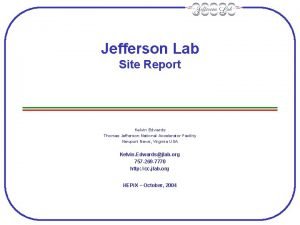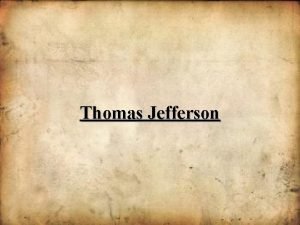In 1802 President Jefferson commissioned an exploration to




















- Slides: 20


In 1802, President Jefferson commissioned an exploration to go through the interior of North America to the Pacific Ocean. To begin with, they were to follow the Missouri River to its source.

Meriwether Lewis • 28 years old • Former soldier and woodsman • Worked for President Jefferson William Clark • 32 years old • Expert mapmaker, river man, proven leader, good records keeper

The Louisiana Territory wa purchased from France giving the US more land.

Goals of the Expedition 1. Scientific – Study plants, animals, geography 2. Economic – Is area profitable for America? If so then how? Is there a passage to Pacific? “Northwest Passage” 3. Ambassadors to Indian Tribes – Bring messages of friendship – “Peace Medals” The main mission was to find a water route to the Pacific Ocean.

Lewis and Clark leave St. Louis in May of 1804 Travel along the Missouri River with “Corps of Discovery” – 35 -50 men The Missouri River generally flowed Southeast, but the expedition was headed Northwest.

Special Interests Lewis was interested in mapmaking. Clark was interested in collecting and cataloging new plant and animal

Lewis and Clark met many Indian tribes along the way including the famous Lakota, or Teton Indians in central South Dakota The message that Lewis and Clark shared was that the US had claimed their land many more Americans would be coming.


• Lewis and Clark spent the winter of 1804 in a Mandan Indian village • They were concerned about how they would make it through the Rocky Mountains • They met a Shoshone Indian woman named Sacagawea who was from the Rockies

Sacagawea and her infant son Pomp agreed to be guides for Lewis and Clark on their journey through the Rockies and to the Pacific

In June of 1805 the group traveled West on the Missouri River until they reached a fork. The Hidatsa Indians told them that the Missouri River had a waterfall. The expedition knew they were to look for the waterfall.

The Shoshone Indians helped the expedition to find horses and guide them through the Rocky Mountains which were much larger than Lewis and Clark thought they would be.

• • Lemhi Pass August 1805 No river leading through the Rockies • Continental Divide

• The Nez Perce teach Lewis and Clark to make • Canoes from logs to speed down the Snake • And Columbia Rivers (DOWNSTREAM) toward the ocean

November 1805 Lewis and Clark make it to the Pacific Ocean They would make camp in Oregon for the winter and begin their journey home in the spring They voted to stay at the site that would later be called Fort Clatsop. First time in American history that a woman and a slave were allowed to vote.


After 4 months at Fort Clatsop, they started home again in March of 1806. It took 6 months for them to return to St. Louis. They had traveled a total of 8, 000 miles and had been gone 2 years, 4 months, and 10 days.

Sacagawea says good-bye in August 1806

Lewis and Clark arrived back in St. Louis on September 23, 1806 To a hero’s welcome
 In 1802 president
In 1802 president Thomas jefferson becomes president
Thomas jefferson becomes president Ducks unlimited president
Ducks unlimited president Gero cross
Gero cross St matthew ebbo gospels
St matthew ebbo gospels Italian guilds
Italian guilds Lịch sử hà nội từ năm 1802 đến năm 1918
Lịch sử hà nội từ năm 1802 đến năm 1918 Apostrophe literary device
Apostrophe literary device Victor hugo poema te deseo
Victor hugo poema te deseo Victor hugo te deseo
Victor hugo te deseo Cline dione
Cline dione Va loan intermittent occupancy
Va loan intermittent occupancy London 1802 rhyme scheme
London 1802 rhyme scheme London 1802 theme
London 1802 theme Victor hugo les femmes sont sur la terre
Victor hugo les femmes sont sur la terre Jefferson alters the nation's course
Jefferson alters the nation's course Jefferson davis strengths and weaknesses
Jefferson davis strengths and weaknesses Thomas jefferson
Thomas jefferson Jefferson alters the nation's course
Jefferson alters the nation's course The jefferson era answer key
The jefferson era answer key Five whys jefferson memorial
Five whys jefferson memorial
